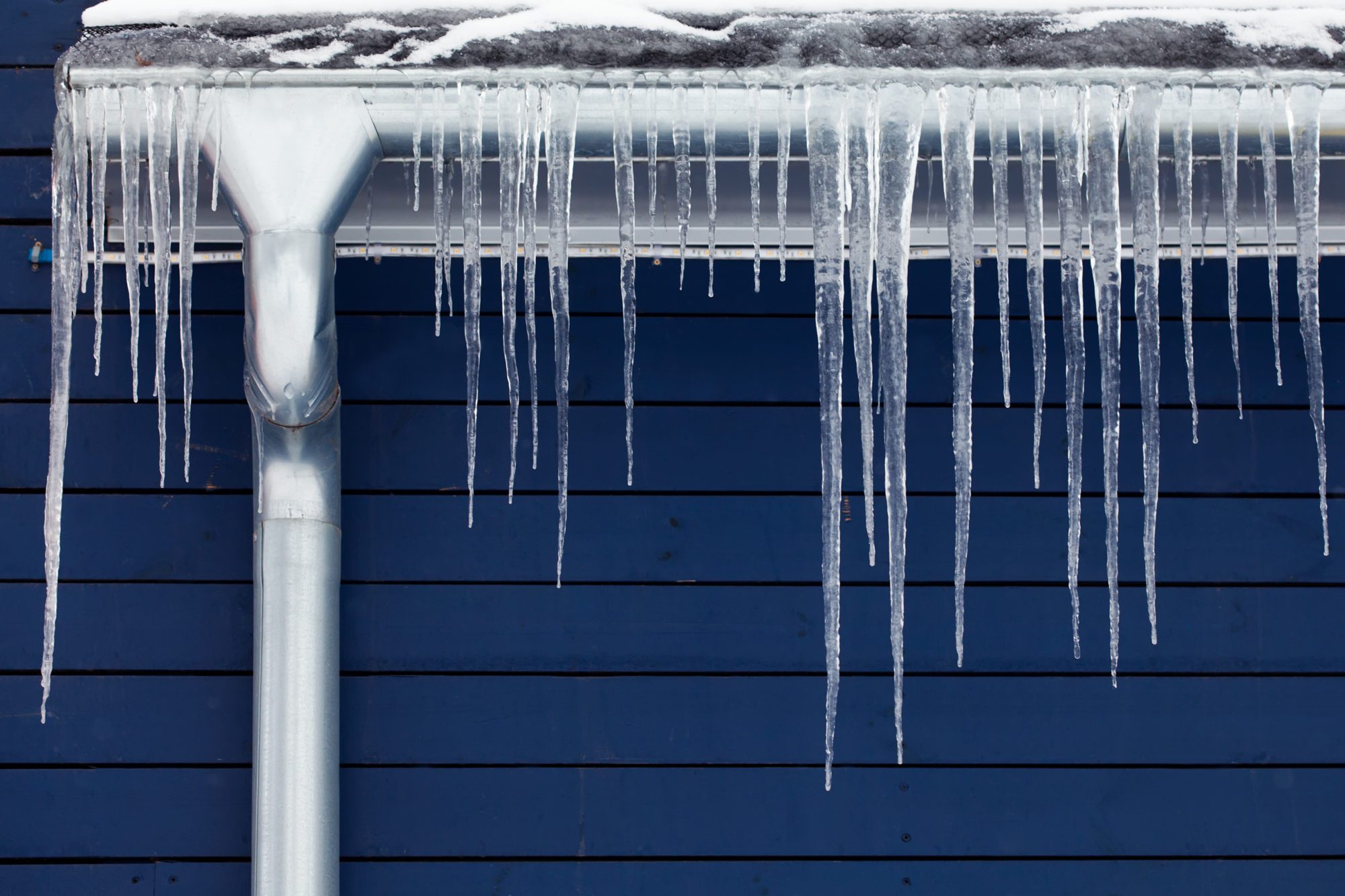Safeguarding Your Pipes from Freezing Issues: Key Tips
Safeguarding Your Pipes from Freezing Issues: Key Tips
Blog Article
What are your thoughts and feelings about How To Avoid Freezing Pipes?

Winter can wreak havoc on your pipes, especially by freezing pipelines. Right here's just how to avoid it from happening and what to do if it does.
Intro
As temperatures decline, the danger of frozen pipes rises, potentially bring about costly fixings and water damage. Recognizing how to avoid icy pipes is important for home owners in cold climates.
Prevention Tips
Shielding at risk pipes
Cover pipes in insulation sleeves or utilize warm tape to shield them from freezing temperature levels. Concentrate on pipelines in unheated or exterior locations of the home.
Home heating strategies
Keep interior areas adequately heated up, specifically areas with plumbing. Open up closet doors to allow warm air to distribute around pipelines under sinks.
Just how to recognize frozen pipes
Search for reduced water flow from faucets, unusual odors or sounds from pipelines, and noticeable frost on revealed pipelines.
Long-Term Solutions
Architectural changes
Consider rerouting pipelines far from outside walls or unheated areas. Add additional insulation to attics, cellars, and crawl spaces.
Updating insulation
Purchase top notch insulation for pipes, attic rooms, and walls. Correct insulation aids preserve regular temperatures and reduces the danger of icy pipes.
Shielding Outside Pipes
Garden hoses and exterior faucets
Detach and drain pipes garden tubes before wintertime. Install frost-proof spigots or cover outside taps with insulated caps.
Comprehending Frozen Pipes
What triggers pipes to ice up?
Pipelines freeze when revealed to temperatures below 32 ° F (0 ° C) for expanded durations. As water inside the pipes ices up, it increases, putting pressure on the pipeline wall surfaces and potentially causing them to rupture.
Dangers and problems
Icy pipes can result in water disruptions, residential property damages, and pricey repairs. Ruptured pipelines can flooding homes and trigger substantial structural damage.
Signs of Frozen Pipes
Recognizing icy pipes early can prevent them from bursting.
What to Do If Your Pipelines Freeze
Immediate actions to take
If you suspect icy pipes, maintain taps open to relieve stress as the ice melts. Make use of a hairdryer or towels soaked in warm water to thaw pipes gradually.
Final thought
Stopping frozen pipes calls for positive measures and quick actions. By recognizing the causes, indicators, and preventive measures, homeowners can safeguard their pipes during cold weather.
5 Ways to Prevent Frozen Pipes
Drain Outdoor Faucets and Disconnect Hoses
First, close the shut-off valve that controls the flow of water in the pipe to your outdoor faucet. Then, head outside to disconnect and drain your hose and open the outdoor faucet to allow the water to completely drain out of the line. Turn off the faucet when done. Finally, head back to the shut-off valve and drain the remaining water inside the pipe into a bucket or container. Additionally, if you have a home irrigation system, you should consider hiring an expert to clear the system of water each year.
Insulate Pipes
One of the best and most cost-effective methods for preventing frozen water pipes is to wrap your pipes with insulation. This is especially important for areas in your home that aren’t exposed to heat, such as an attic. We suggest using foam sleeves, which can typically be found at your local hardware store.
Keep Heat Running at 65
Your pipes are located inside your walls, and the temperature there is much colder than the rest of the house. To prevent your pipes from freezing, The Insurance Information Institute suggests that you keep your home heated to at least 65 degrees, even when traveling. You may want to invest in smart devices that can keep an eye on the temperature in your home while you’re away.
Leave Water Dripping
Moving water — even a small trickle — can prevent ice from forming inside your pipes. When freezing temps are imminent, start a drip of water from all faucets that serve exposed pipes. Leaving a few faucets running will also help relieve pressure inside the pipes and help prevent a rupture if the water inside freezes.
Open Cupboard Doors
Warm your kitchen and bathroom pipes by opening cupboards and vanities. You should also leave your interior doors ajar to help warm air circulate evenly throughout your home.

I came across that write up on How to Prevent Your Pipes From Freezing when perusing the internet. If you please take a moment to distribute this write-up if you appreciated it. Thanks a lot for your time invested reading it.
Schedule A Service Report this page